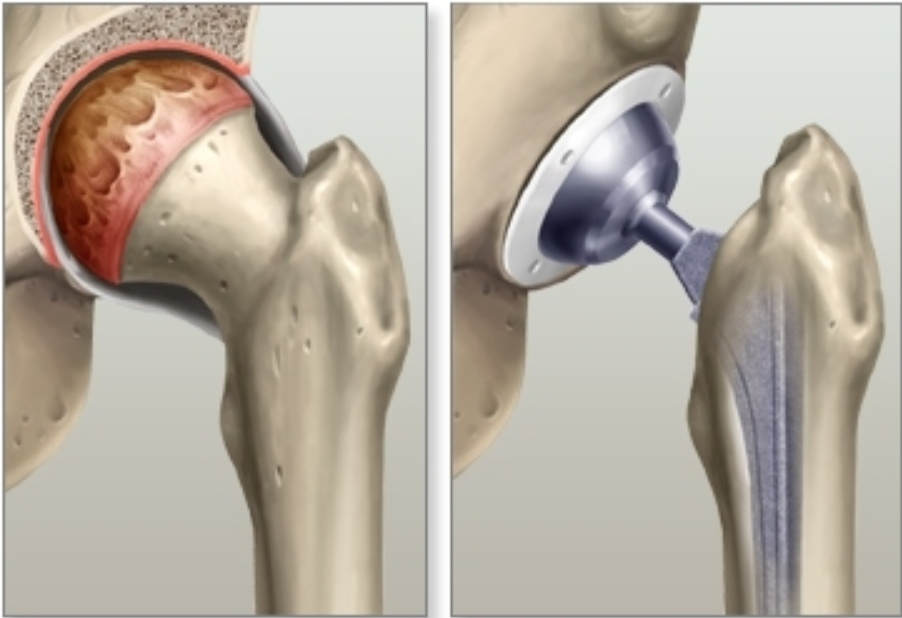
Hip dislocation is regarded as one of the most widespread skeleton deformations. The innate problems, low vitamin level, traumas, and other reasons can cause such a problem appearance.
The specialist is able to easily diagnose the hip dislocation as some clicking sounds are heard while performing the movements of the pelvis. The patient feels like the joint has shifted. Pay attention, that hip replacement in Germany can become the best solution to the problem, as the European clinics are complemented with the modern equipment and highly-qualified specialists. You should know that mentioned process is also known as an endoprosthesis.
How is an endoprosthesis replacement performed?
The doctor examines the patient, collects an anamnesis of disease, and evaluates the clinical picture. All this information is taken into account before the surgery. Pay attention that the hip arthroplasty lasts at least 2-3 hours.
- The first step in a hip replacement surgery is the joint preparation. A longitudinal discission is made 15-20 cm long lengthwise the articulation. The specified technology makes it possible to non-critical traumatize muscles and tissues. This helps quickly recuperate the limb mobility. The orthopedic surgeon with minimally invasive appliances exhausts contused bones, the articular cartilage, etc. during this stage of the surgery.
- The next step of the replacement procedure is an artificial prosthesis installation. The endoprosthesis can be metal, ceramic, plastic, or combined (depending on the joint problem). An endoprosthesis consists of small parts with their own sizes. All the units are constructed step by step, providing the conditions for the leg movement.
- The third stage is simple. The wound is debrided with bactericidal agents. A medical staple applying promotes the healing of the upper layer of the skin.
The hip replacement surgery is considered an extreme measure and is more often performed for adults than for children. The main indications for surgical intervention are the severe deformation, associated pain, and lack of effect from conservative therapy.
After the surgical procedure
The patient remains in the reanimation under observation until the effects of anesthesia pass. Then, he/she is transferred to the ward. After 1-2 days, the patient can already stand and walk with support. All this time the inmate receives the necessary anti-inflammatory medicines and painkillers.
The person gets special instructions and skills on the proper care of the slit. Adequate behavior of the patient with a replaced joint will allow him/her to easily pass a long recovery period – from 3 to 6 months. It all depends on the type of operation, the general state of health, and a successful rehabilitation program. The patient learns to strain the thigh and ankle muscles. Exercises increase blood flow to the muscles and help prevent swelling and blood clots. The physical activity is performed under the guidance of an experienced physiotherapist. Hospitalization after hip replacement usually lasts about 7 days.






